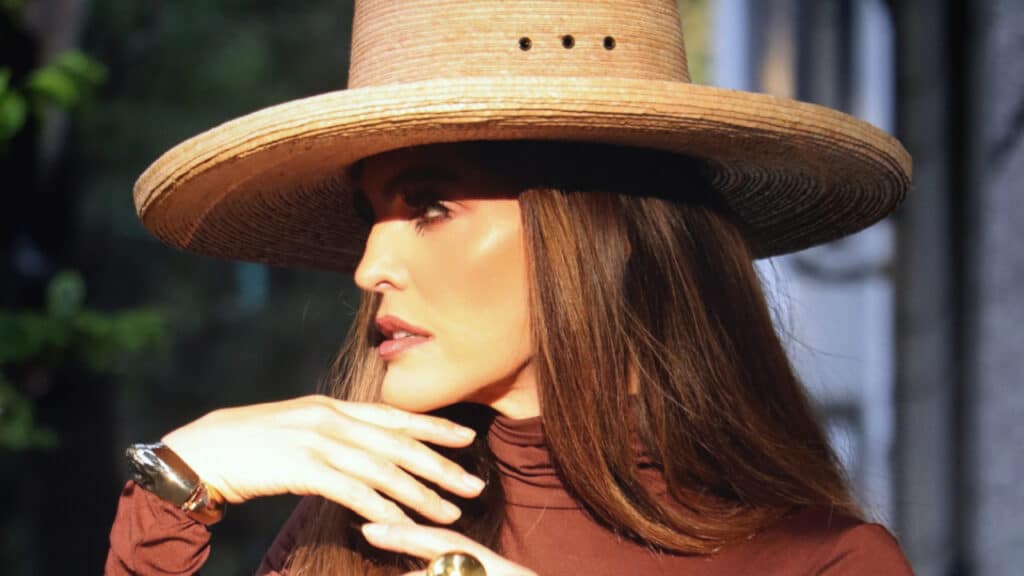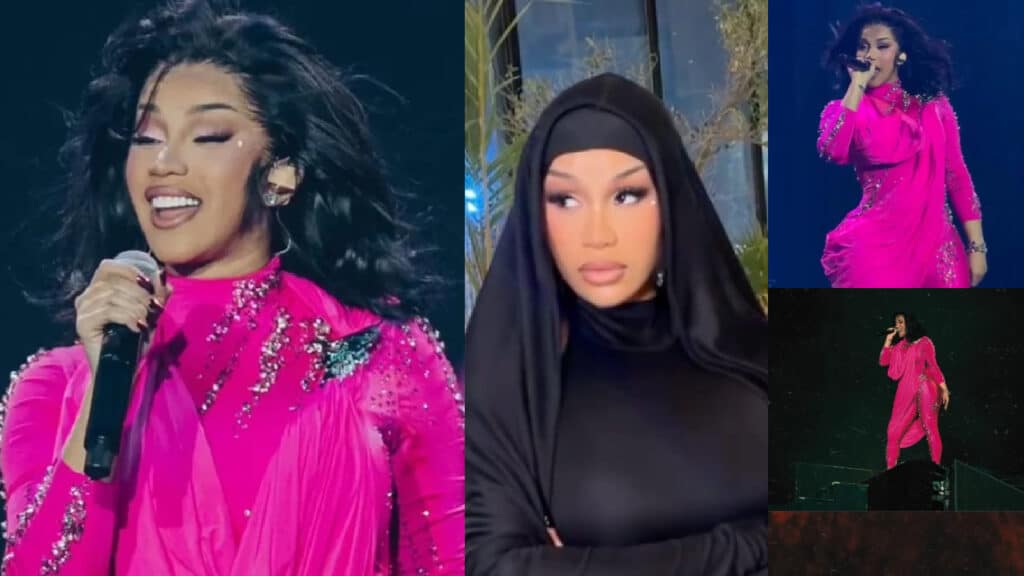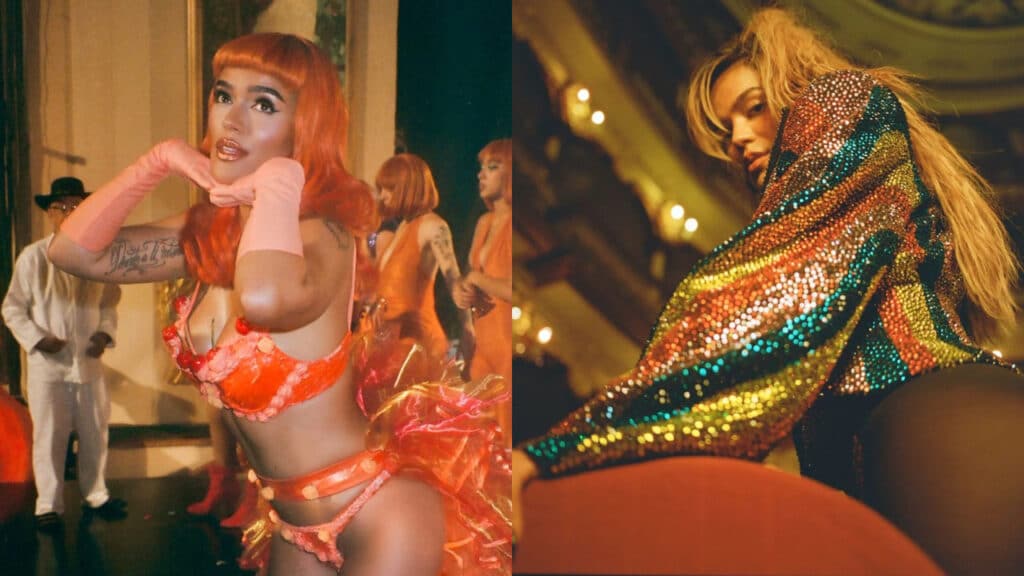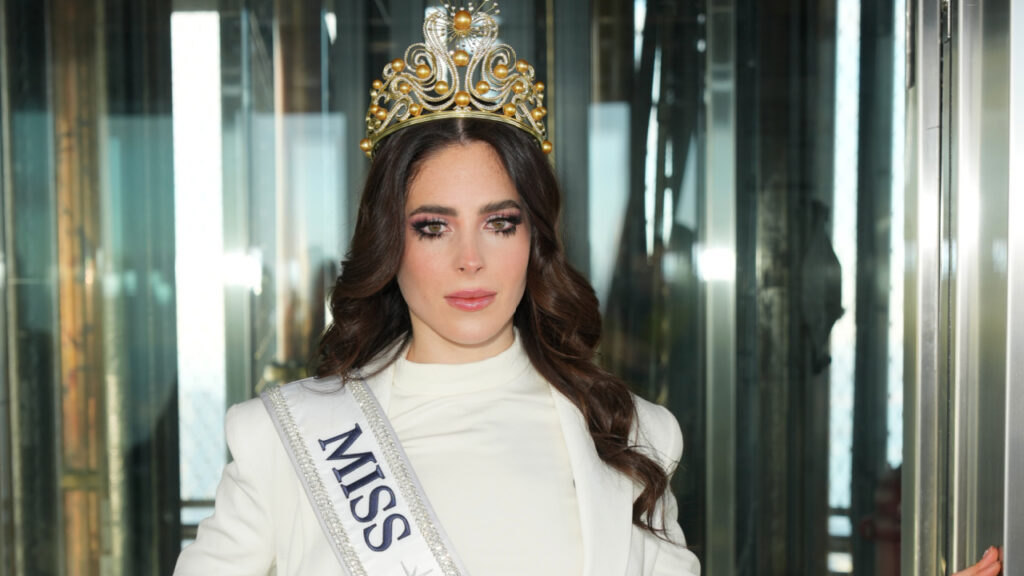Embracing Life and Death: The Feminine Energy of Dia de los Muertos
Sugared skulls, marigolds, multi-colored papel picado, sweet breads, stacks of tortillas, spirits (the alcohol kind), and photos of beloved muertitos. Brightly lit altars adorn the gravesites of the dearly departed. It is a sort of cinematic banquet for the dead set by the afterlife’s grand lady.
No, it’s not Halloween. Mexico’s Dia de los Muertos is a ritual presided over by the feminine — an Aztec Goddess — that began 3,000 years ago in pre-Hispanic Mexico.
During the first two days of November, Mexican families erect altars (ofrendas) at home and the graves of the departed as a sign of respect. They do so in the hope that all the goodies will entice their dead loved ones to return to earth.
The altars are strewn with buttery-colored marigold petals (thought to guide the departed souls back home). Altars are also laden with pan de muerto, fruits, tamales, spicy hot chocolate, and photos of the deceased. There is a candle for each muertito, and if the departed is a child, tiny toys.

The profound symbolism of each element on the Dia de los Muertos Altar
Over the centuries, this tradition became a syncretism of beliefs. It is a cultural mix that combines flowers, waxes, and candles inherited from colonization. It also combines indigenous incense, food, and the cempasúchil flower.
Some believe that the offering of the dead should have several, if not all, essential elements. Among them is water, the source of life offered to the souls to quench their thirst after their long journey from the other world. Salt is the element of purification. The candles signify light, faith, and hope. It is also the guide for the souls to get back home. Copal and incense are a fragrance of reverence, and flowers symbolize celebration.
Likewise, the petate is offered for the souls to rest. The izcuintle is a toy dog for the animas of the little ones. It is also the one who helps the souls to cross the Chiconauhuapan River, the last step to reach the Mictlán or the last rest.
The bread, gollete, and cañas are offerings that symbolize fraternity, as well as the skulls of the defeated enemies. Portraits of the souls visiting us are also added, as well as mole to offer them food upon arrival.

A celebration of life and death, with feminine energy
However, what few know is that this is a profoundly feminine celebration. Perfumed by the smoke of copal incense, death has never looked so profound or beautiful. A woman dissolves the barrier between the natural world and the spirit world (stands to reason, doesn’t it?). This way, she allows the living to embrace the dead.
The ritual was born of the Aztec (and Toltec and other Nahua people) belief that loved ones should not grieve the dead but celebrate their life — tears of mourning would make the deceased’s passage an arduous trek.
In pre-Hispanic Mexico, the ritual lasted a month. Its patron was the goddess Mictecacihuatl, or “Lady of the Dead,” whose role was to look after the bones of the deceased.

In Aztec mythology, she is a deity of death and the wife of Mictlāntēcutli, god of the dead and ruler of Mictlān, the ninth and last level of the Aztec underworld.
Mictecacihuatl’s power was shapeshifting.
It is said that she was sacrificed as a baby and grew into adulthood in the underworld, where she married Mictlān’s ruler.
She is a symbol of death and resurrection. She is often illustrated with stripped-off skin and an open skeletal jaw — capable of swallowing the stars before sunrise so they would not be seen.
But, the Spanish conquest ended this magical (and female) way of looking at life’s continuum
The Spanish forced Catholicism on the natives, and the Dia de los Muertos was changed to coincide with All Saints’ Day (Nov.1) and All Souls’ Day (Nov.3).
Today, Mexicans and many people worldwide dress up in intricate costumes and make-up. Although it’s more than make-up, it’s art. Faces and bodies are transformed into painted skulls (calaveras) and skeletons (calacas).
They bear the wide, toothy smile of the Dia de los Muertos icon, again a woman, “La Calavera Catrina,” or the Elegant Skull, first created by Mexican illustrator José Guadalupe Posada in 1910.
Initially known as “La Calavera Garbancera,” Posada dressed her in fancy French garments and feathered hats. In 1947, Mexican artist Diego Rivera made his version.
He named her “La Catrina” in his mural Dream of a Sunday Afternoon in the Alameda Central. Ever since then, on the day, you will see many Catrin and Catrinas partying in the streets of Mexico City.
In 2008, UNESCO added the Dia de los Muertos to its list of Intangible Cultural Heritage of Humanity, recognizing its importance globally.
Yet, no matter the permutations and additions, the holiday is, at its core, a celebration of indigenous spirituality and exalts the role of women as central figures in life and death.




